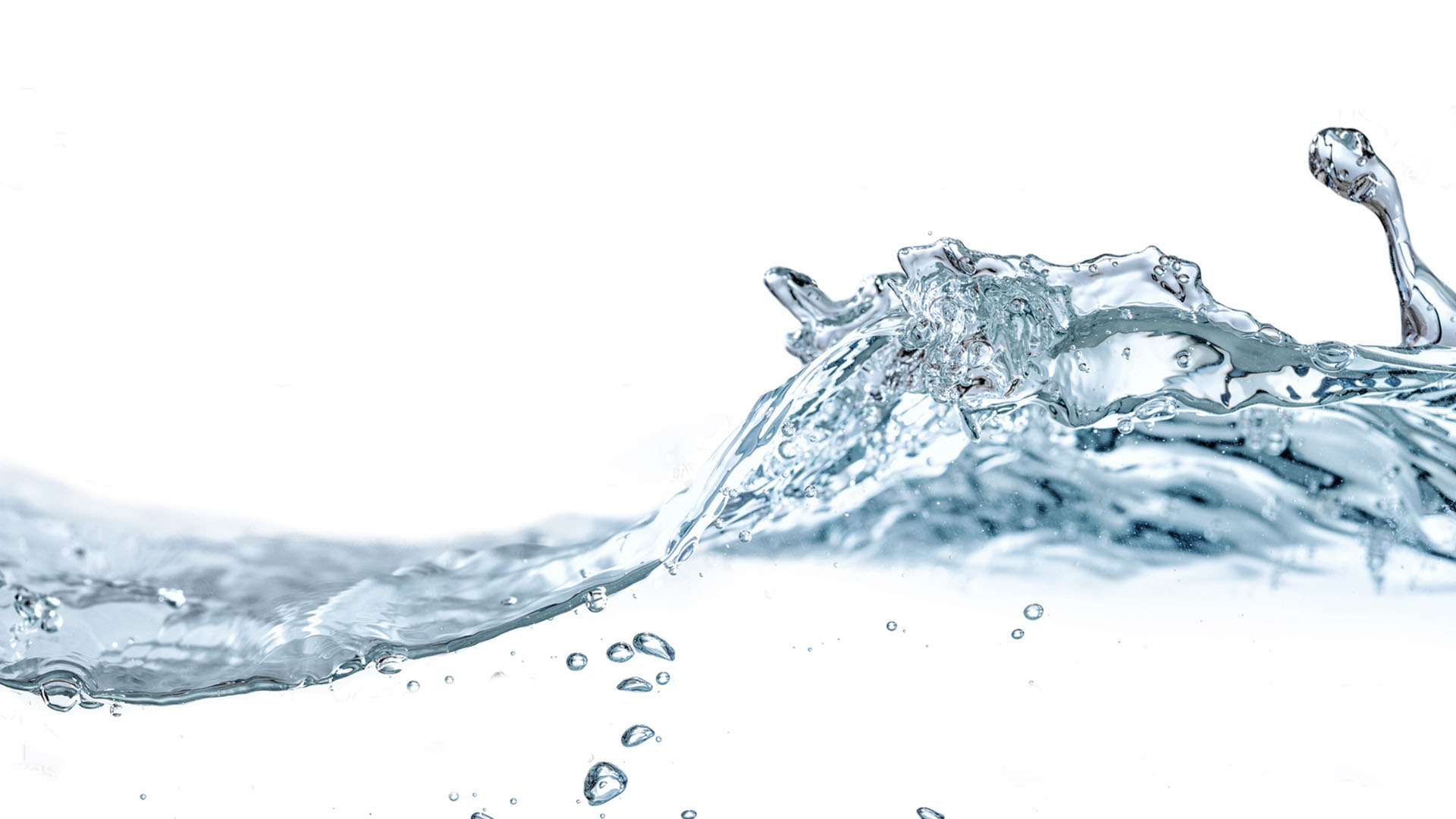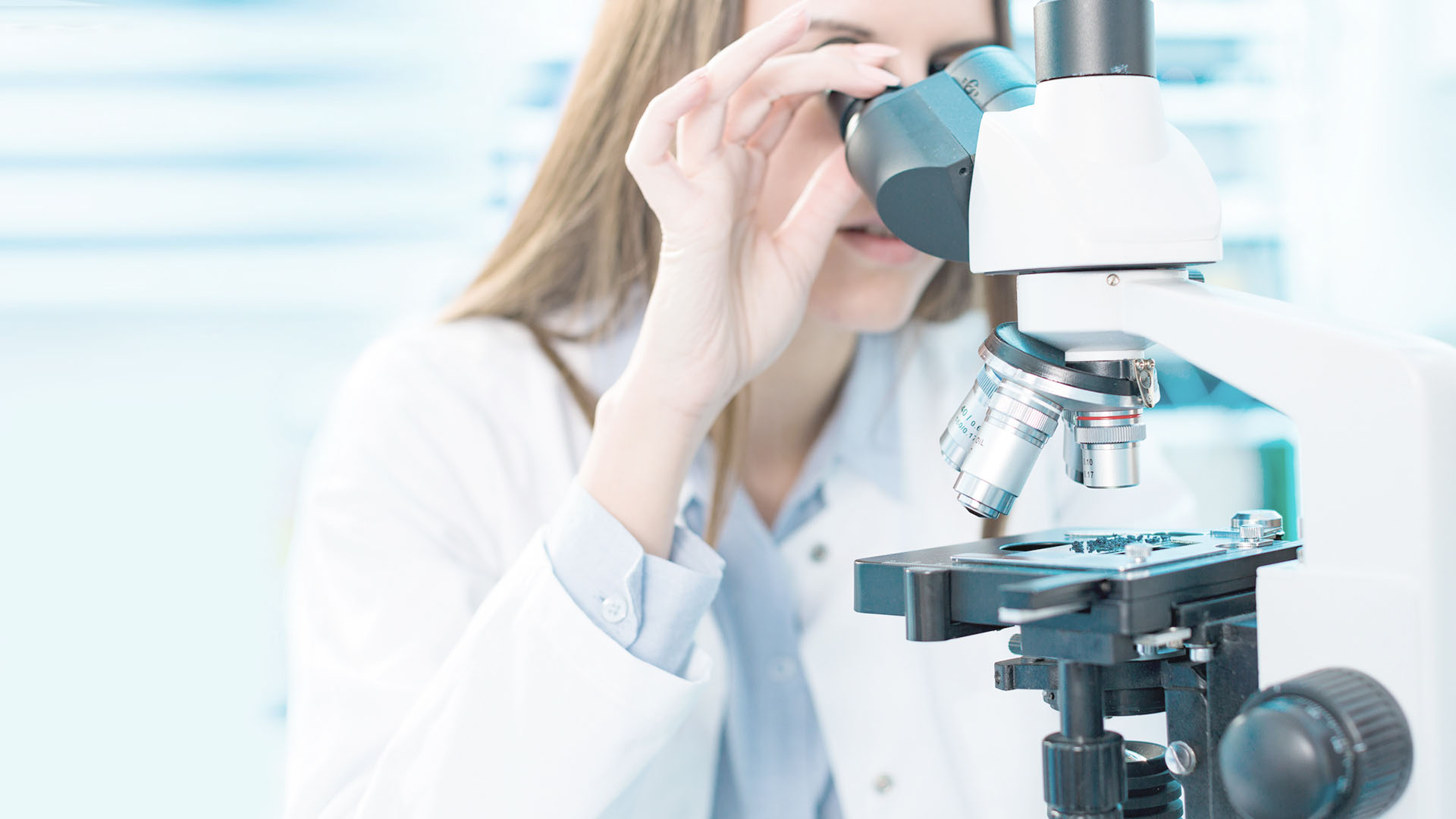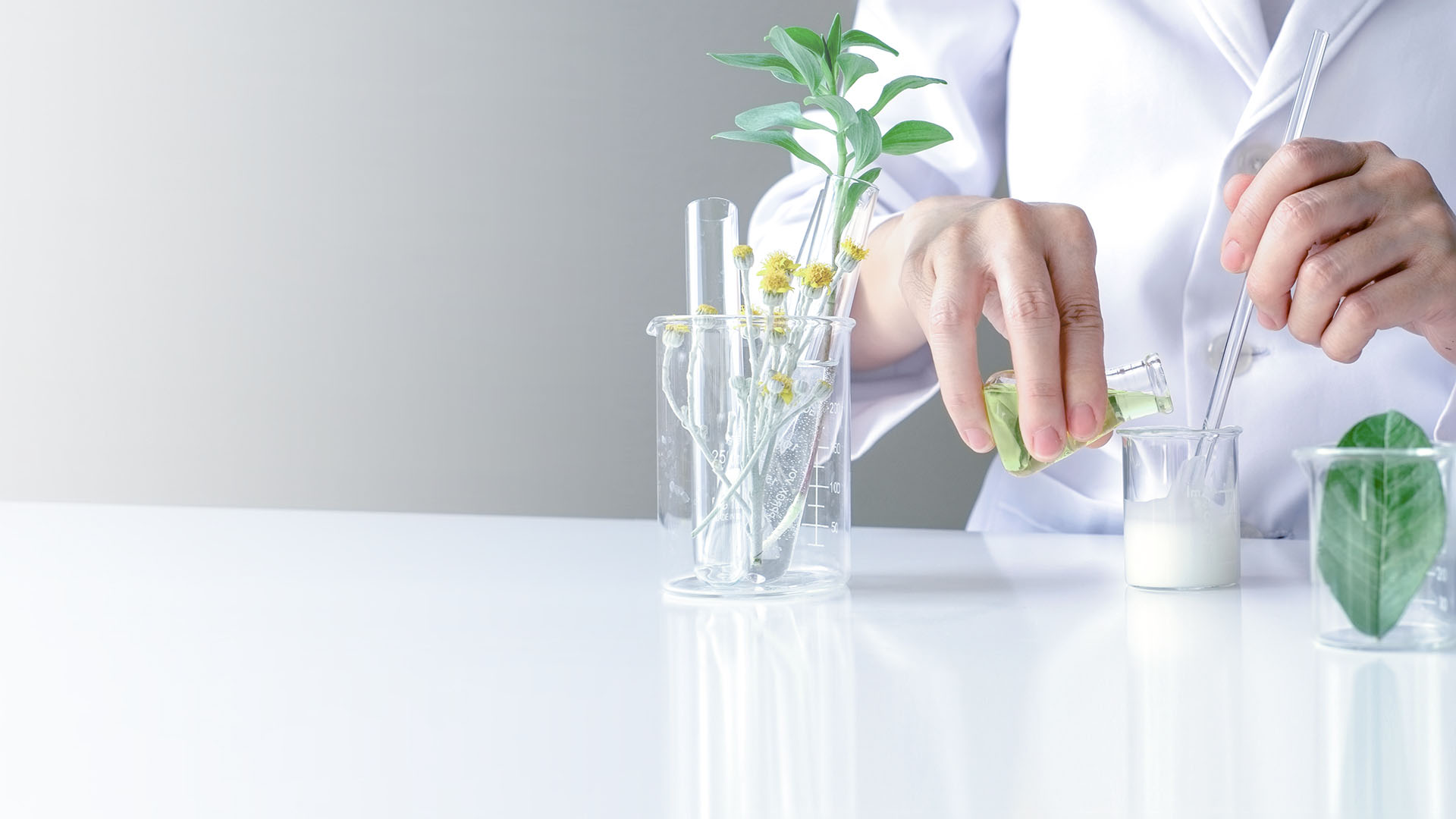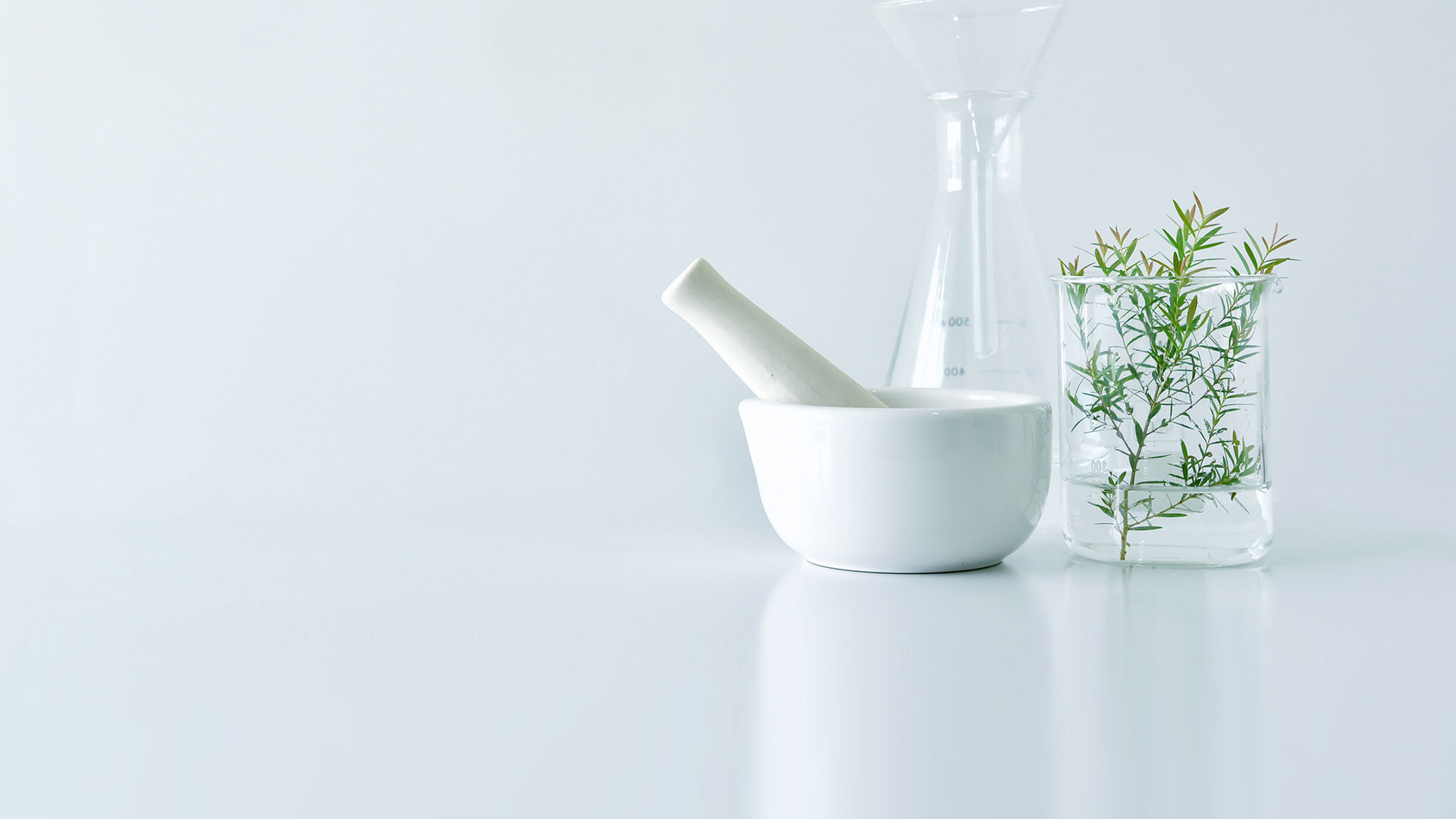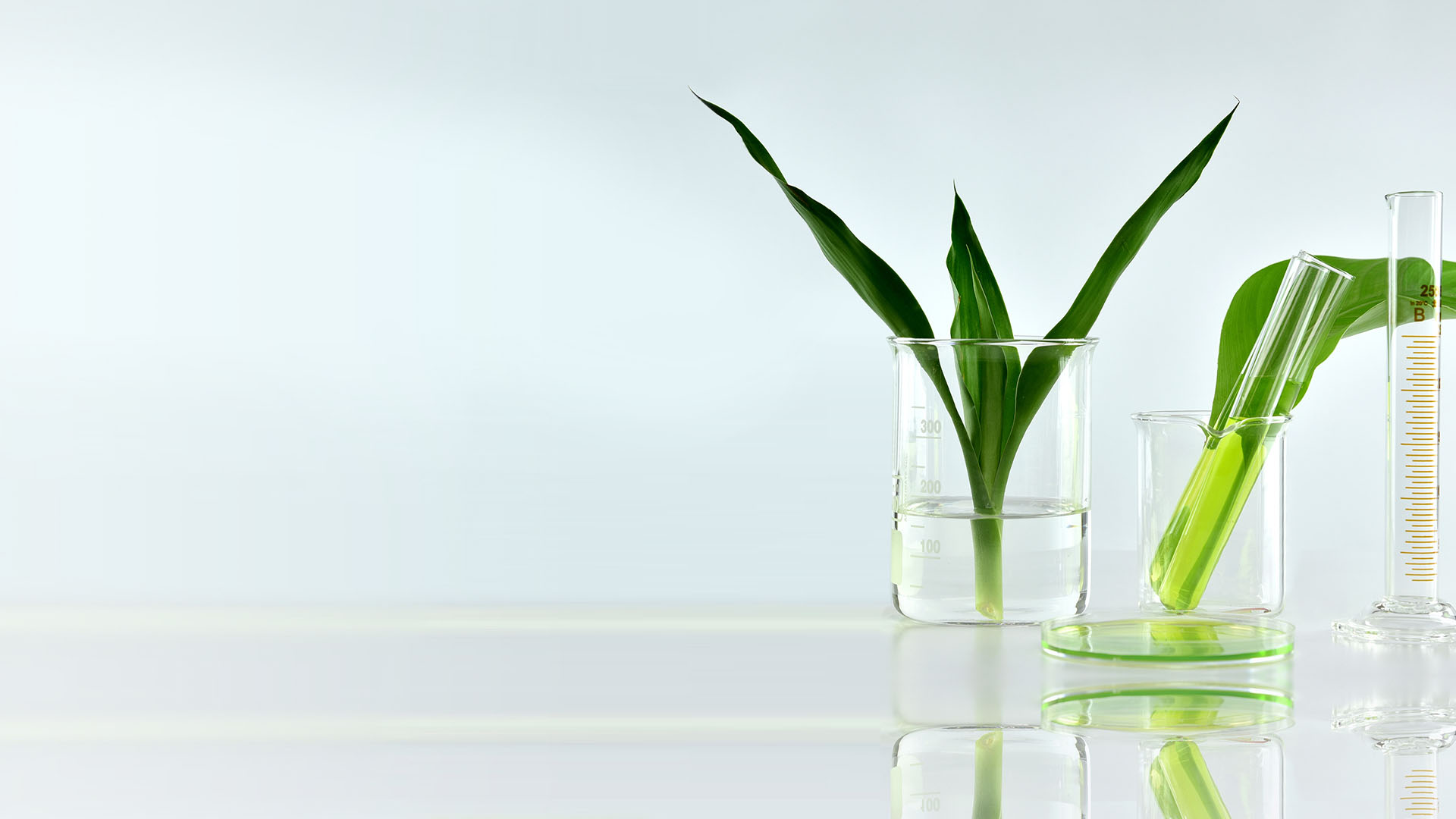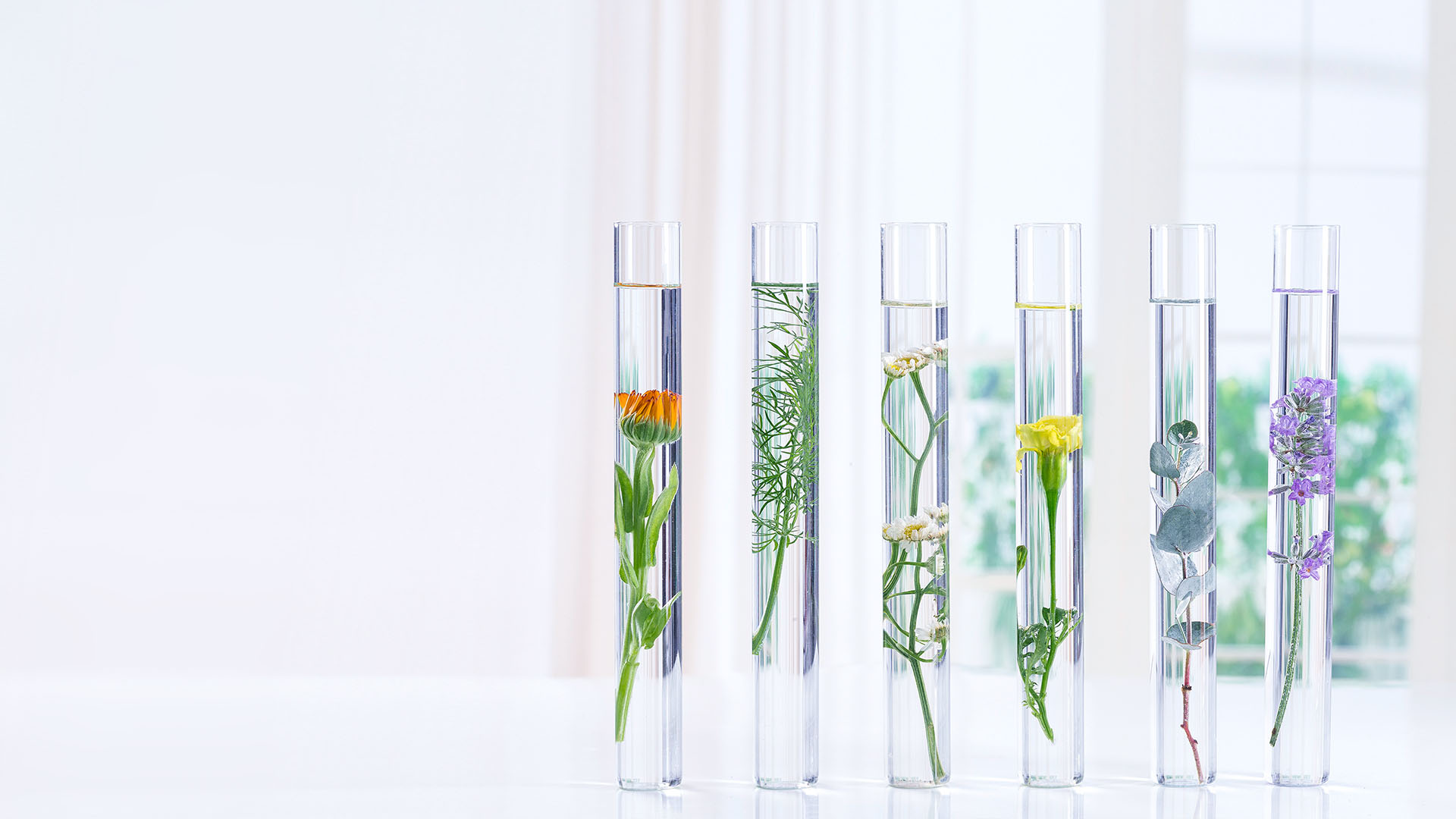Basic information about oxygen in cosmetics
As is generally known, oxygen creams and the inhalation of oxygen in cosmetics are still being proffered. In order for you to understand why Dr. Baumann SkinIdent does not use oxygen in their products, we briefly outline this topic here:
The use of oxygen in cosmetic products is based on the fact that the consumer regards a high concentration of oxygen to be positive as a matter of principle. The skin and the organism are however best supplied with the oxygen needed for the cells via the lungs and circulatory system, without an additional supply from oxygen creams or oxygen inhalation being necessary. Oxygen inhalation belongs in the field of emergency medicine, when a sufficiently high concentration of oxygen in the bloodstream is warranted to supply the somatic cells.
Although in our opinion it is doubtful whether oxygen creams can deliver significant amounts of O2 to the skin as alleged, a 100% increase in oxygen concentration is not desirable for a normal, healthy skin and may even cause damage. One glance at a physiology book shows us immediately that it does not depend on having the largest possible amount of oxygen for the organism and the skin but on the right concentration, which is already guaranteed by the blood supply to the skin. Looking at medical textbooks further shows that an excess of oxygen is toxic (poisonous) to the cell enzymes and damages the cells and their cell functions. This is not the job of a cosmetic cream. As no damaged has occurred through the use of oxygen creams up till now, we conclude that the concentration of oxygen supplied by these creams is not even worth mentioning. For oxygen to be absorbed by the skin fluorinated hydrocarbon is necessary as a solvent, and its metabolism has not been clarified to date. On these grounds fluorinated hydrocarbon is banned from use in medicines.
An important contribution for professionals wanting further information is the article by Dr. Rolf Zander from the Institute for Physiology and Pathophysiology of the University of Mainz, which appears in KI-Magazin 7/98, Page 94-97 and is titled “There is no oxygen deficiency in the skin”. Dr. Zander is a renowned expert in the field of oxygen physiology and writes in this article (citations):
“If the cosmetics industry are now recommending oxygen cosmetics under reference to Manfred von Ardenne’s oxygen therapy or the oxygen inhalation centres, which are enjoying great popularity, one can only quote the review formerly published in a German medical journal, namely “nonsense”.”
“In the last few decades hundreds of publications have dealt with the poisonous side-effects of O2. Used as a denominator, 100% O2 is a powerful oxidation agent which after only 24 hours of administration can seriously damage the lipids of the lungs and brain. Furthermore, it can be proven for every organ that directly after 100% O2 is supplied to the lungs, the blood circulation to the organs decreases by 10 to 15% (so you want to protect your organs from the oxidation agent O2). This also applies to the skin.”
“Only after years of treating premature babies with 100% O2 did medical science identify the phenomenon of retrolental fibroplasia, a disease of the eye causing growth of retinal blood vessels resulting in blindness. One can only hope that this experience will not be lost on the cosmetics industry.”
Conclusion: The use of oxygen in cosmetics is questionable, as it poses considerable health risks. Therefore Dr. Baumann SkinIdent understandably prohibits the use of oxygen.

